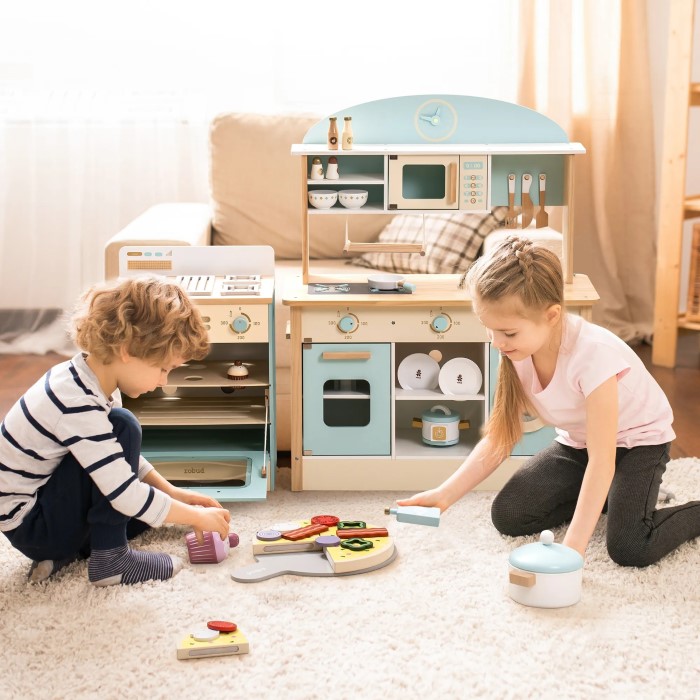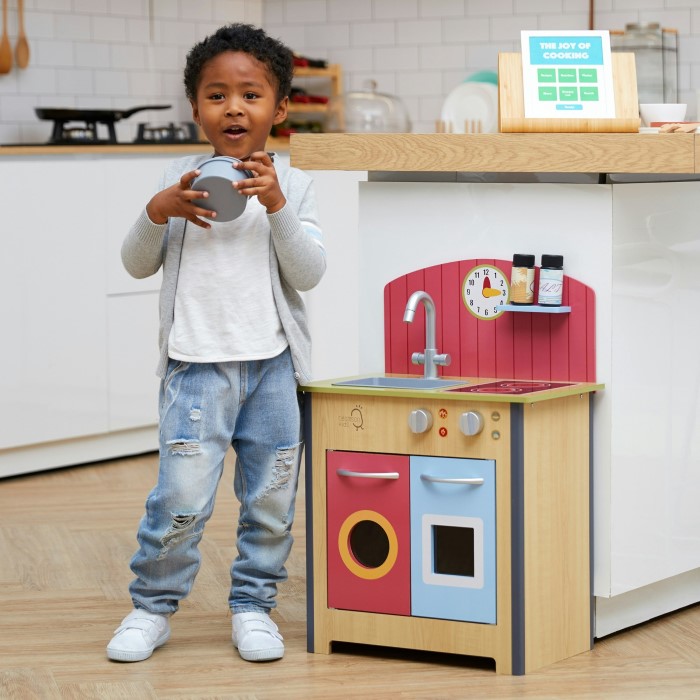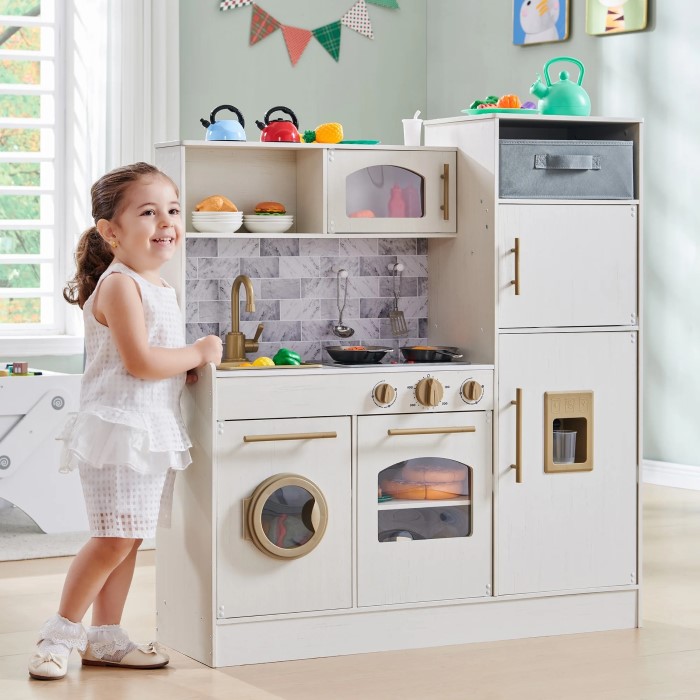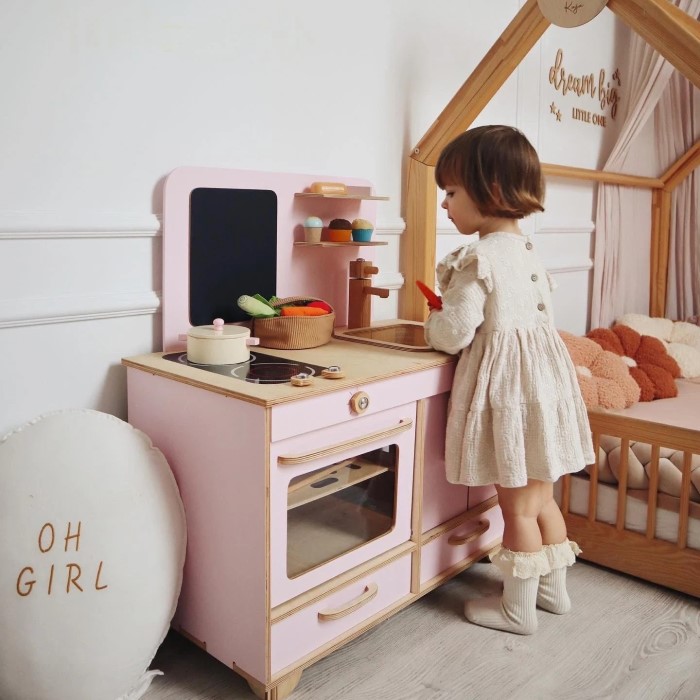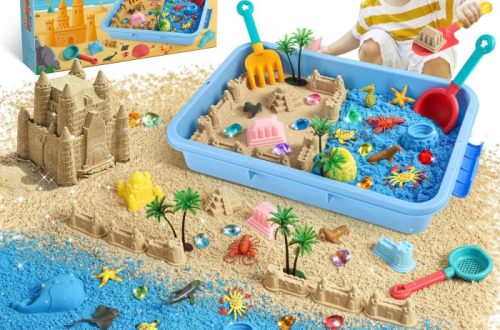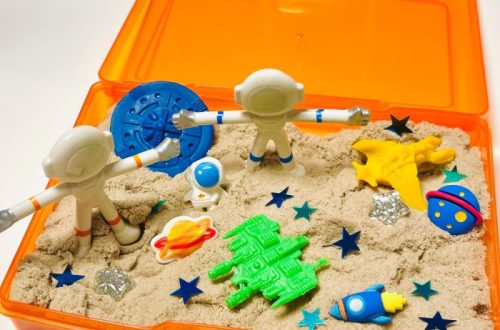Benefits of Wooden Toy Kitchens for Kids
Wooden toy kitchen provides many benefits for children. They encourage creativity, learning, and skill development during play. Here’s how they make a positive impact on kids:
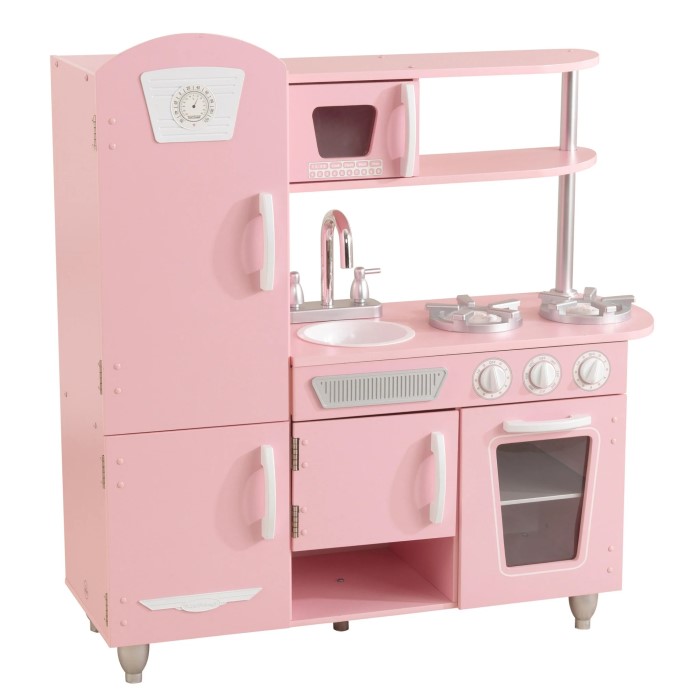
Encouraging Imaginative Play
Wooden toy kitchens ignite a child’s imagination. Kids love pretending to cook meals and serve food. This type of play helps them create stories and scenarios. It also allows them to express themselves freely and explore new ideas.
Promoting Social Skills and Teamwork
Playing with a wooden kitchen often involves others. Children learn to share and take turns. It encourages teamwork as they play with siblings or friends. Role-playing as chefs or servers helps build communication skills. Cooperation during group play fosters positive social interactions.
Enhancing Fine Motor Skills and Coordination
Wooden toy kitchens are great for developing fine motor skills. Kids practice opening doors, stirring pots, and cutting pretend food. Using small utensils and knobs builds hand-eye coordination. These actions improve dexterity and build essential motor skills for everyday tasks.
Fostering a Love for Cooking and Pretend Play
A wooden kitchen can spark an early interest in cooking. Kids mimic real-life kitchen activities, which makes learning fun. Pretend play with a kitchen set develops curiosity about food and meal preparation. This love for cooking can grow into a useful life skill as they get older.
Wooden toy kitchens are more than just toys. They are tools for growth, helping kids learn and play at the same time.
Features to Look for in a Wooden Toy Kitchen
When choosing a wooden toy kitchen, it’s essential to find the right features. These features ensure the toy is safe, durable, and enjoyable for children. Here’s what to consider:
Durability and Build Quality
A wooden toy kitchen should be sturdy and well-built. High-quality materials ensure it lasts for years. Look for smooth edges and strong joints to prevent injuries. Solid wood construction is often more durable than cheaper alternatives. Consider this factor, especially if multiple children will use it.
Non-Toxic and Child-Safe Materials
Safety is key when selecting any toy for children. Ensure the wooden toy kitchen is made from non-toxic materials. Paints and finishes should meet safety standards to avoid harmful chemicals. Look for certifications that guarantee child-safe construction. Opt for kitchens without small, detachable parts that could pose a choking hazard.
Realistic Details and Interactive Elements
Interactive features make a wooden toy kitchen more engaging. Look for realistic details such as knobs that turn, doors that open, or pretend sinks. These features mimic real kitchens and enrich the play experience. Added touches like working lights or sound effects can make the toy even more fun.
Size and Space Considerations
Wooden toy kitchens come in various sizes. Choose one that fits your available space. For smaller rooms, a compact model is ideal. If you have more room, a larger set with extra features could be better. Ensure it’s a comfortable height for your child to play with easily. Also, consider storage options for accessories and play food.
Finding the right wooden toy kitchen means balancing fun, safety, and practicality. Prioritize these features to give your child a valuable playtime experience.
Popular Brands and Models
Wooden toy kitchens come in a variety of styles and designs. Some brands stand out for their quality, durability, and engaging features. Choosing the right one depends on your child’s needs and preferences.
Top-Rated Wooden Kitchens on the Market
Several brands are highly rated by parents and experts. Melissa & Doug offers beautifully crafted kitchens with interactive features like working knobs and doors. Their wooden kitchens are known for being sturdy and long-lasting. KidKraft wooden kitchens provide realistic designs with plenty of storage and pretend appliances. They often include extra accessories for enhanced playtime. Hape wooden kitchens offer modern styles with eco-friendly materials and child-safe constructions. Parents love their creativity, durability, and attention to safety.
IKEA also makes portable and simple wooden kitchens suitable for smaller spaces. Their sets focus on functionality while remaining affordable. If you want something customizable, Little Colorado provides unfinished kitchens that you can paint and personalize to suit your child.
Price Range and Value for Money
Wooden toy kitchens are available at various price points. Budget-friendly options start at around $50 but usually include fewer features. Mid-range models, priced between $100 and $200, often balance design, durability, and functionality. These kitchens usually have more realistic elements like sinks, stoves, and storage compartments.
High-end wooden kitchens, priced above $200, provide premium materials, intricate details, and advanced interactive features. They may include working lights or sound effects. While expensive, they offer excellent value when considering durability and the creativity they inspire.
Finding the right wooden toy kitchen is about balancing your budget with desired features. Explore top brands to ensure long-lasting fun and imaginative play for your little one.
Customization and Accessories
Customizing a wooden toy kitchen can make playtime more exciting. Adding accessories enhances creativity and fun. Here are some ideas to personalize and accessorize your child’s wooden toy kitchen.
Adding Play Food and Utensils
Play food and utensils bring a wooden toy kitchen to life. These additions make pretend play more realistic.
- Choose Variety: Include pretend fruits, vegetables, and pantry items. This encourages kids to learn about different foods.
- Use Child-Safe Materials: Make sure all accessories are non-toxic. Soft fabric or wooden play food is a great choice.
- Add Kitchen Tools: Include pretend pots, pans, and spatulas. These items enhance role-playing activities.
- Organize Together: Involve your child in arranging the food and utensils. It adds excitement and develops organizational skills.
These small additions make a wooden toy kitchen feel complete and interactive.
Personalizing with Stickers or Paint
Personalizing a wooden toy kitchen allows children to express their creativity. Here’s how you can do it:
- Use Removable Stickers: Let kids decorate the kitchen with colorful stickers. These can be easily replaced when wanted.
- Choose Non-Toxic Paint: Use eco-friendly paint for a safe customization option. Kids can help paint their kitchen.
- Add Chalkboard Paint: Create a writable surface on a section of the kitchen. Kids can draw menus or recipes.
These customization ideas give kids a sense of ownership over their toy kitchen.
Expanding with Additional Furniture and Playsets
Expand the play area by adding related furniture or themed playsets. This creates a more engaging environment.
- Add Dining Sets: Include a small table and chairs for a pretend dining area.
- Include Store Playsets: Add a toy grocery store or farmer’s market. This encourages extended role-playing and creativity.
- Incorporate Storage Units: Add shelves or bins for storing accessories. It keeps the space organized and functional.
With these additions, the wooden toy kitchen evolves into a larger play ecosystem. This boosts imaginative play and keeps children engaged.
Customizing and accessorizing a wooden toy kitchen makes it unique and exciting. Tailoring it to your child’s preferences ensures endless hours of creative fun.
DIY Ideas
Creating a custom wooden toy kitchen can be a fun and rewarding project. It allows you to craft a unique and tailored playset for your child. Below are two exciting approaches to making your very own wooden toy kitchen.
Building a Wooden Toy Kitchen from Scratch
Building a wooden toy kitchen from scratch offers complete customization. Here’s how you can get started:
- Plan Your Design: Sketch your ideal kitchen layout. Include features like a stove, sink, and cabinets.
- Choose Materials: Use durable, untreated wood. Avoid any materials with chemicals or hazardous finishes.
- Gather Tools: Basic tools like a saw, drill, and sandpaper are essential for construction.
- Construct the Frame: Begin by constructing the base, adding shelves, and securing the structure.
- Add Details: Install pretend knobs, handles, or a faucet. Use non-toxic paint for extra character.
- Finish Smoothly: Sand sharp edges and apply a child-safe sealant.
This option ensures a one-of-a-kind kitchen. Adjust features based on your child’s preferences and space available.
Upcycling Furniture into a Play Kitchen
Transforming old furniture into a wooden toy kitchen is both creative and cost-effective. Here’s a step-by-step guide:
- Find Used Furniture: Look for old dressers, cabinets, or side tables to repurpose.
- Clean and Prep: Sand and clean the furniture thoroughly to create a safe play surface.
- Map the Kitchen Layout: Decide where the sink, stove, and storage spaces will go.
- Cut and Modify: Cut holes for a sink (use a bowl or basin) and attach extras like knobs and handles.
- Paint and Decorate: Use non-toxic paint for a fresh look. Let kids add their own decorations.
- Add Accessories: Incorporate play food, utensils, and shelves for storage.
Upcycling is an eco-friendly way to create a functional and charming toy kitchen. It also offers a sustainable use for old furniture.
Whichever method you choose, building a wooden toy kitchen is a memorable and personalized way to support creative play.
Tips for Maintaining and Caring
Wooden toy kitchens are durable, but proper care can extend their life and safety. Regular maintenance ensures your children enjoy their playtime safely. Here are some important tips to keep your wooden toy kitchen in excellent condition.
Regular Cleaning and Safety Checks
Keeping the toy kitchen clean and safe is essential for your child’s wellbeing.
- Wipe Down Frequently: Use a damp cloth to clean the wooden surfaces. Avoid soaking the wood.
- Mild Detergent: Use child-safe cleaning products for stubborn stains. Rinse thoroughly afterward.
- Inspect the Structure: Look for loose screws, splinters, or damaged parts. Fix issues promptly.
- Sanitize Accessories: Clean play food and utensils weekly. This prevents germ buildup from frequent use.
- Rotate Accessories: Remove excess items to reduce clutter and make cleaning easier.
Regular cleaning not only keeps the toy kitchen hygienic but also ensures it’s safe for play.
Preventing Wear and Tear
Preventing damage will prolong your wooden toy kitchen’s lifespan. Follow these tips:
- Avoid Exposure to Water: Keep the wooden kitchen away from spills or damp areas to prevent warping.
- Protect from Direct Sunlight: Avoid placing it in direct sunlight, as this can fade colors and weaken materials.
- Use Protective Pads: Add felt pads to the base if placed on a hard floor to avoid scratches.
- Store Indoors: Never leave the kitchen outside, as weather can damage the wood.
- Teach Gentle Use: Encourage your child to turn knobs and open doors softly. This prevents breakage.
By following these care tips, your wooden toy kitchen can remain beautiful and functional for years. Proper maintenance ensures your child gets the most out of their imaginative playtime.
Why Parents Love Wooden Toy Kitchens for Creative Play
Wooden toy kitchens are adored by parents for their practical benefits and creative appeal. They combine fun, learning, and eco-friendly qualities, making them excellent choices for children’s playtime.
Long-Term Educational Value
Wooden toy kitchens offer great educational value that grows with children over time.
- Skill Building: Pretend play develops motor skills, communication abilities, and problem-solving.
- Cooking Knowledge: Kids simulate meal preparation, helping them understand food and kitchen work.
- Role Play: Activities like serving food and acting as chefs teach responsibility and creativity.
- Confidence Boost: Successfully completing tasks builds confidence and independence.
Parents love that wooden toy kitchens promote essential learning in a fun way.
Eco-Friendly and Sustainable Toy Option
Wooden toy kitchens are environmentally friendly. Their sustainable design aligns with responsible parenting values.
- Natural Materials: Made from wood, free of plastic, and long-lasting.
- Safe Finishes: Non-toxic paints and coatings ensure child safety.
- Minimal Environmental Impact: Wooden kitchens reduce waste compared to plastic alternatives.
- Durability: These toys last for years, benefiting siblings or friends.
- Easy Disposal: At the end of use, they decompose naturally without harming the environment.
Choosing a wooden toy kitchen is more than buying a toy; it’s investing in sustainable playtime backed by educational growth.
Conclusion: Inspiring Imagination with a Wooden Toy Kitchen
In summary, investing in a wooden toy kitchen is one of the best decisions you can make for your child’s playtime experience. It fosters creativity, builds essential skills, and enhances imaginative play. These toys allow children to explore their surroundings dynamically while learning valuable life lessons.
From cooking adventures to family bonding activities, a wooden toy kitchen provides endless possibilities. Let your child’s imagination run wild, and provide them with the tools necessary for a fun and educational play experience. So start crafting those culinary masterpieces today!
